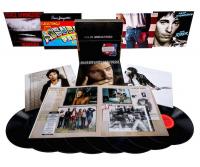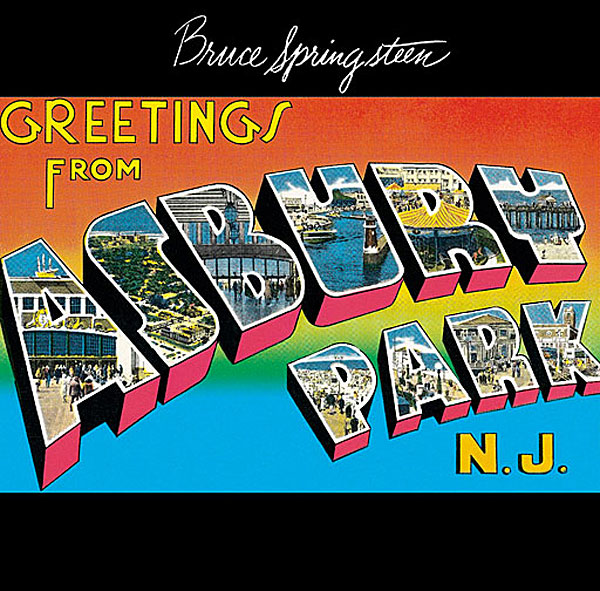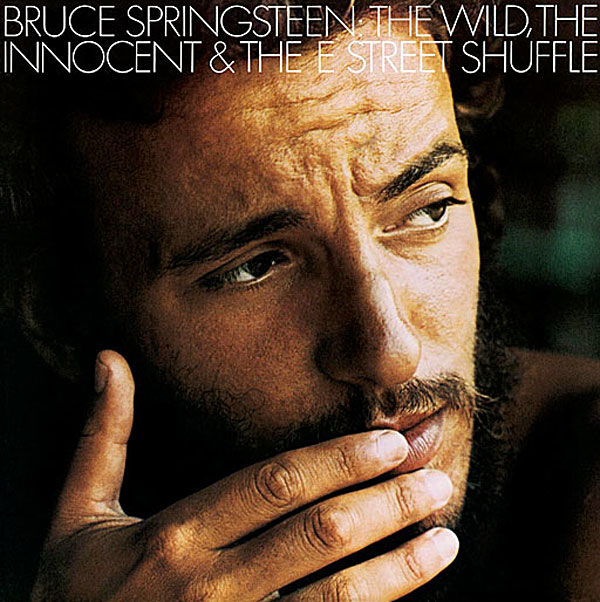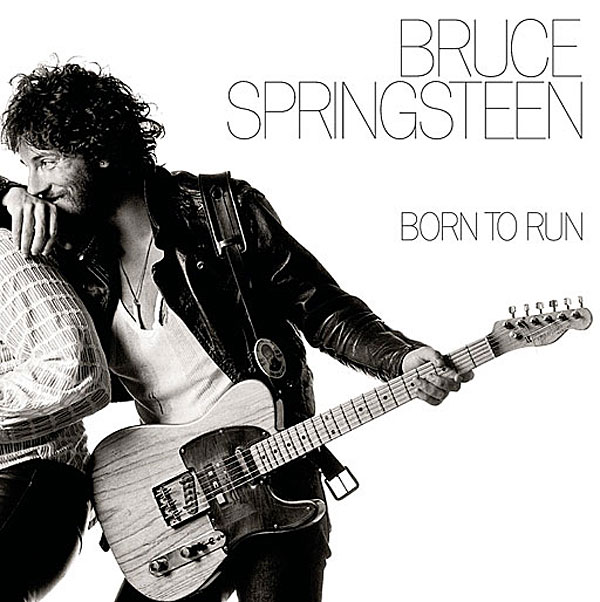I thought it was brave of you to admit that you did not "get" Bruce the first time you heard him. I suppose a few of us didn't quite "get it" either. A girl in my junior high school introduced me to 'darkness on the edge of town' in 1979 and I didn't know what to think - The guy wasn't pretty on the cover, and the slinky friend of mine was swooning nonetheless, but I did enjoy that 1st listen.
I never did realize the parallels between the change in style and sound on 'the river' and Elvis Costello's influence. It's food for thought.
Few artists put out a record as pure and spooky as Nebraska. It's still in my top 20 eighties albums.













